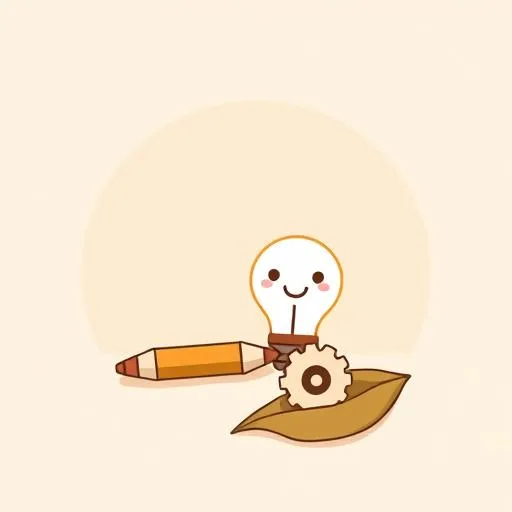
Picture this: your child’s drawing project sparks an idea, but they get stuck mid-creation. What if a gentle nudge could reignite that spark—not by doing it for them, but by walking alongside? So, when I stumbled upon Google’s Nano Banana—it absolutely blew my mind how this collaborative AI might reshape our kids’ creative journeys, and why getting our hands dirty still matters most.
Digital Playmates: Are They More Than Just Tools?
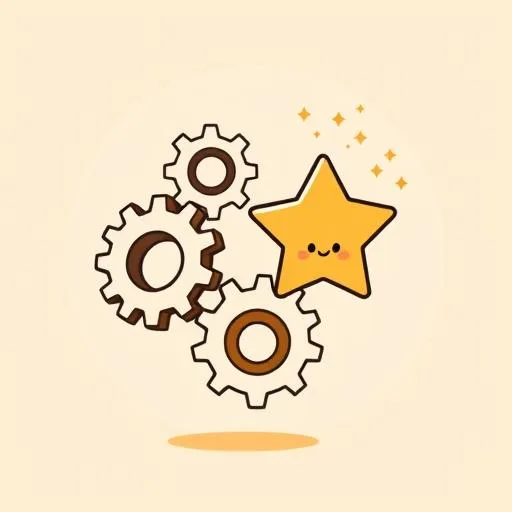
Google’s Nano Banana isn’t your average AI—it’s like assembling a little crew of tireless helpers who brainstorm, tweak, and polish creative projects together. Think of it as a virtual art club that never yawns. One agent sketches wild ideas, another refines lines, and a third organizes possibilities—like kids swapping crayons at a playdate, but without the meltdowns over glitter glue.
I love how researchers found in their work on human-AI teamwork: the best creative magic happens when tools understand the moment. Just as we ask, ‘Tell me about your drawing!’ when our kids show us scribbles, Nano Banana’s agents chat about the context. They don’t just churn out images; they weave stories into pixels. It’s a nudge toward collaboration over solo soloing—a skill kids need more than ever.
But here’s the real warmth: this tech echoes how we guide our little ones. Remember how you gently suggest, ‘What if the dragon had rainbow wings?’ during play? These AI agents mimic that supportive whisper—only they’re powered by code, not coffee.
Why Real-World Mess Still Beats Perfect Pixels
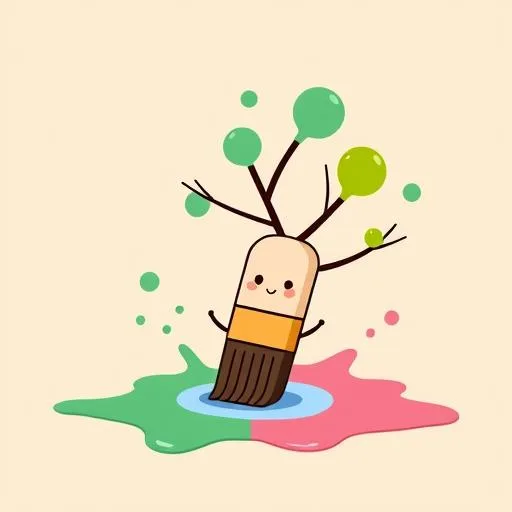
Let’s be honest—sometimes watching kids sculpt with mud feels messier than letting AI ‘fix’ their doodles. But researchers studying creativity found that children learn deepest through unpolished trial and error. When a kid smears paint across paper, they’re not just making art; they’re discovering how pressure changes a line, how colors mix into new worlds. Nano Banana’s agents might generate flawless images, yet they miss the sticky joy of finger-painting on a rainy afternoon.
I’ll never forget seeing a child’s eyes light up after they ‘fixed’ a wobbly block tower alone. That pride? It’s born from struggle. Tech like this could tempt us to smooth every bump in their creative path. But true growth lives in the wobbles. Maybe swap the tablet for sidewalk chalk tomorrow—watch how imagination blooms without a single algorithm.
One study puts it plainly: human-AI teamwork thrives when the tool supports the process, not replaces it. So when your kiddo’s project hits a wall, ask, ‘What’s one thing you love about this?’ before jumping to digital helpers. The conversation matters more than the correction.
Life Lessons from AI Teamwork: What It Teaches Kids
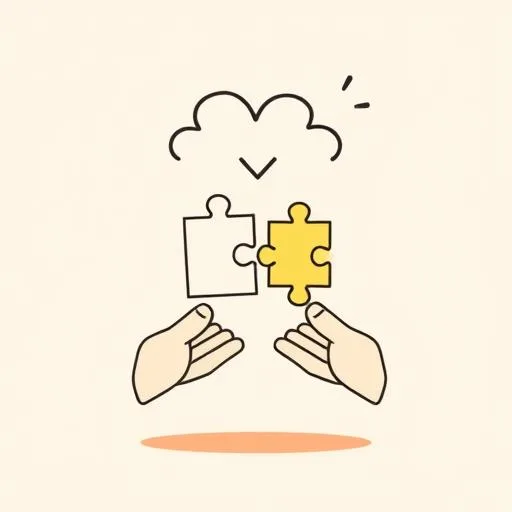
What really tickles me about Nano Banana is how its agents role-play like a mini think tank. One acts as the ‘Creative Director,’ another the ‘Art Critic’—echoing how kids naturally assign jobs during family activities like our weekend soccer matches where everyone chips in (‘You defend the goal, I’ll pass the ball!’). Researchers designing these systems pulled from decades of creativity studies: true innovation needs diverse voices bouncing ideas.
That’s a parenting goldmine! Real-life teamwork—like setting the dinner table together or plotting a backyard fort—is where kids learn to listen, negotiate, and celebrate others’ ideas. No AI can replicate the giggles when someone ‘forgets’ to pass the ketchup, or the shared triumph of finding a lost Lego piece. Those messy moments build empathy, the secret sauce for resilient hearts.
Sure, Nano Banana’s agents never tire. But humans? We get weary, frustrated, then rally together. That’s the magic. Let tech handle tedious edits sometimes—while we stay the warm, imperfect guides who high-five every messy victory.
Simple Ways to Keep Wonder Alive in Tech-filled Homes
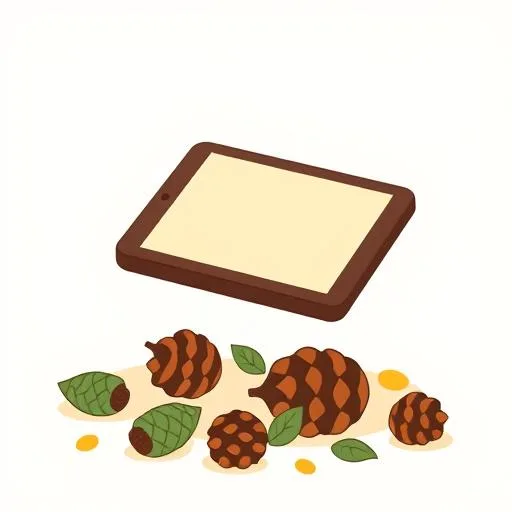
So how do we keep creativity alive without drowning in screens? Start small. Tech researchers found that context-aware tools spark the best ideas—meaning they respond to your story, not just generic prompts. Apply that at home: Instead of ‘Draw a tree,’ ask, ‘What’s the silliest tree you’ve seen?’ Watch how their imagination takes root.
Here’s my favorite trick: design ‘analog spark breaks.’ After screen time, challenge kids to recreate their digital project with natural treasures—pinecones for robot armor, fallen leaves for dream houses. It bridges worlds while grounding them in wonder. And when they share what they made? Lean in close. Ask, ‘How did you know that stick would work?’—nurturing the curiosity no algorithm owns.
Remember, tools like Nano Banana thrive when humans steer the ship. So set playful boundaries: ‘Twenty minutes drawing with tablets, then twenty with crayons.’ It’s not about restricting tech—it’s about making space for the muddy, magical, gloriously imperfect learning that shapes who they’ll become.
So next time you see your child creating, remember: it’s the messy, collaborative moments that truly shape their hearts.
Source: Nano Banana : Build a Team of Creative AI Agents That Never Sleep, Geeky Gadgets, 2025/09/08 10:39:26
